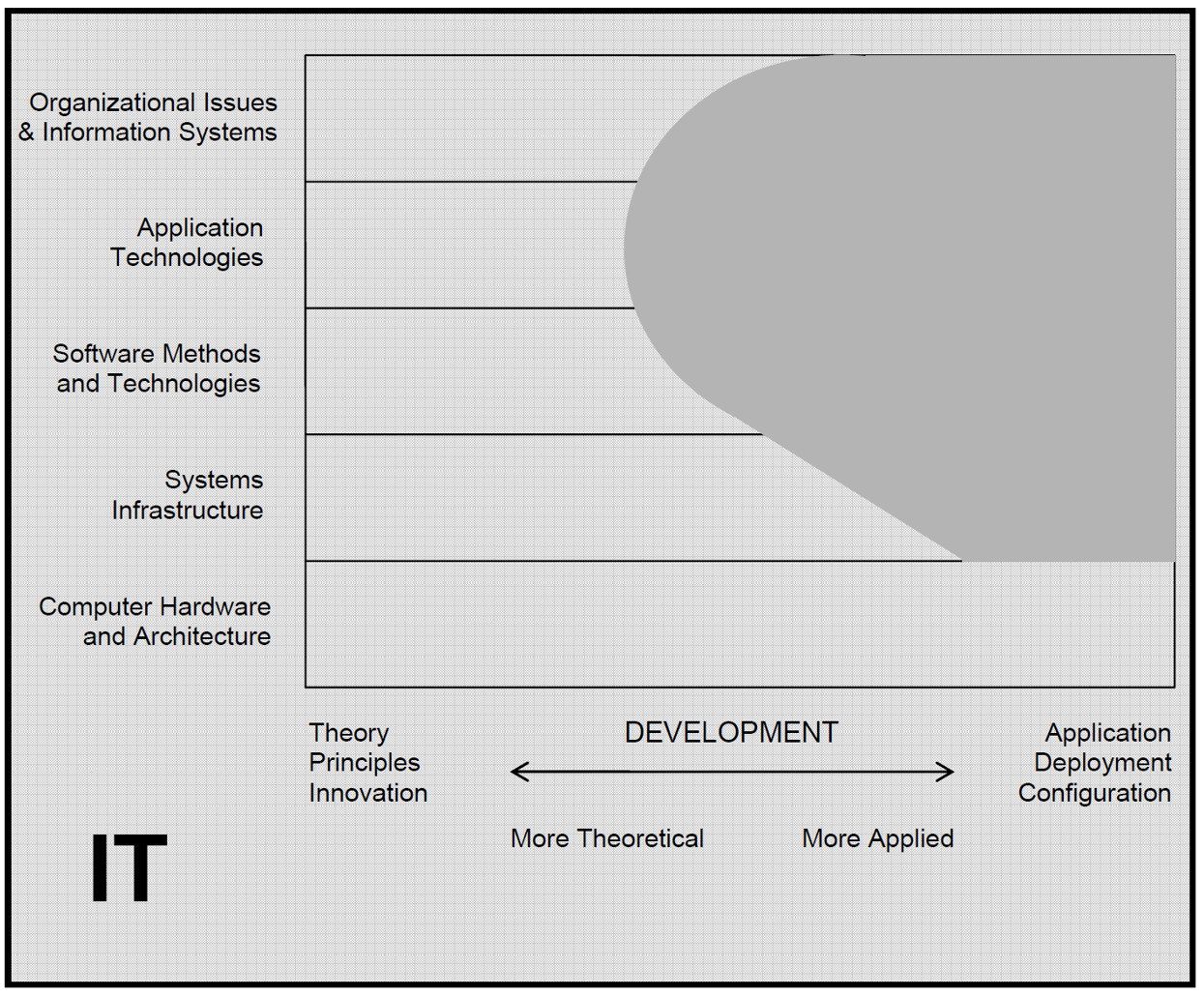Critical Thinking in Information Systems and Database
by K. Yue
1. Introduction
- Our course has been approved as an Applied Critical Thinking (ACT) course at UHCL.
- As of Fall 2018, there are 68 approved ACT courses.
- ACT is the topic for the Quality Enhancement Plan (QEP) for our university's accreditation.
- ACT will be integrated into our class.
- There will also be surveys. Thanks for your help.
- Below is the ACT statement of our class.
Critical Thinking In Information Systems in General and Design of Database Systems in Particular
Information Technology is concerned with the applications of computing and communications technology to solve practical problems. For example, in Wikipedia, it is defined as "the application of computers to store, study, retrieve, transmit, and manipulate data, or information, often in the context of a business or other enterprise." The Association of Computing Machine (ACM), the professional association for computing sciences in US, defines the problem space for IT in the following diagram. IT is highly applicative in nature, with its targeted areas spanning from the organization issues and information systems level to the systems infrastructure level. Consequently, a thorough and accurate understanding and precise specification of the problem domain through modeling, with a clear understanding of all assumptions and relevant information is a prerequisite for effectively using IT to construct an effective solution. In fact, all elements of thought of critical thinking are essential in every step of the elaboration and modeling of the problem, and the design, implementation, and maintenance of an IT solution.

In particular, information is usually stored permanently in database. In database development (the subject of this course), critical thinking is integrated in the process. Database developers use principles of data modeling, such as the Entity-Relationship Model (ERM), to clearly and accurately understand the purposes, assumptions and the different points of views of the various types of users, to precisely specify the problem. Concepts of relational theory and data manipulation are applied to infer and construct suitable logical solutions. The implications and consequences of the design are assessed through the cost effectiveness of the database solutions.
The central question in database development is how to store and retrieve permanent data effectively for specific problems.
- In short, information technology is very applicative in nature. It is used to solve problems in very diverse fields.
- Critical thinking is essential in effective problem solving.
2. Critical Thinking
- There are many models for critical thinking.
- The one UHCL selected is from the Foundation of Critical Thinking (FCT)
- FCT's Fundamental of Critical Thinking.
- FCT's model of critical thinking: https://www.criticalthinking.org/ctmodel/logic-model1.htm
- Eight Elements of Thought (EoT, or Elements of Reasoning):
- Purpose
- Question at Issue/Problem
- Information
- Interpretation and Inference/Solution
- Concepts
- Assumptions
- Implications and Consequences
- Point of View
- Nine Universal Intellectual Standards for Critical Thinking:
- Clarity
- Accuracy
- Precision
- Relevance
- Depth
- Breadth
- Logic
- Significance
- Fairness
- Elements of Thought:
- Each represents a commonly occurring component in critical thinking.
- Each represents something one needs to be mindful with.
- Some may be more important than others for a specific topic or problem.
- Intellectual Standards
- Ways to assess the quality of your thinking.
- Something to strike for.
- Intellectual traits: http://www.criticalthinking.org/pages/valuable-intellectual-traits/528
- intellectual humility
- intellectual courage
- intellectual empathy
- intellectual autonomy
- intellectual integrity
- intellectual perseverance
- confidence in reason
- fairmindedness
Why?
- Everyone can think critically to different degrees when stepping back.
- Thinking may not be 'efficient' for most everyday decision.
- We are accustomed to 'not thinking: 'Few people think more than two or three times a year. I've made an international reputation for myself by thinking once or twice a week.' -- Bernard Shaw.
- However, many problems need deeper thinking.
- Need:
- Be structured and complete
- Form habits
- Thus, critical thinking at UHCL.
Exercise:
Think about and use CT EoT and standards on the following topics. Use the critical thinking form. For groups, use the group form.
- How do you get a grade of A in this course?
- How much time should I devote in the course per week?
- Any question of the choice of the class.
3. Critical Thinking Tools
- There are many CT tools and techniques.
- One technique is the identification, refinement, and application of Fundamental and Powerful Concepts (FPC):
- FPC is the core concepts that ground other concepts.
- FPCs provide a context for us to reason through a large number of problems, questions, theories and information.
- New information and concepts can then be viewed and analyzed through their relevance with FPC.
Fundamental and Powerful Concepts (FPC) of the Course
In ACT vocabulary, fundamental and powerful concepts form the foundation that permeates and unites a course. In this course, these concepts are:
- Data modeling for clearly and precisely specifying problem purposes, requirements, assumptions, and constraints.
- Relatioal database design and development for constructing database solutions.
- Database processing for converting, updating, retrieving and transforming data.
- For learning, one tool is SEE-I. In your own words:
- State the concept in a definition/summary of one to two sentences.
- Elaborate the concept by providing more details.
- Exemplify the concept by examples
- Illustrate the concept by diagrams, pictures, metaphors, analogies, etc.
- Iterate through SEE-I until you are satisfied with the CT intellectual standards.
Exercise:
Use FPC and SEE-I iteratively to learn the following topics:
- The basic relational data model.
- The Select Statement in SQL.
- The weak entity in Entity-Relationship (ER) model.
- How to get an A in ITEC 3335?

